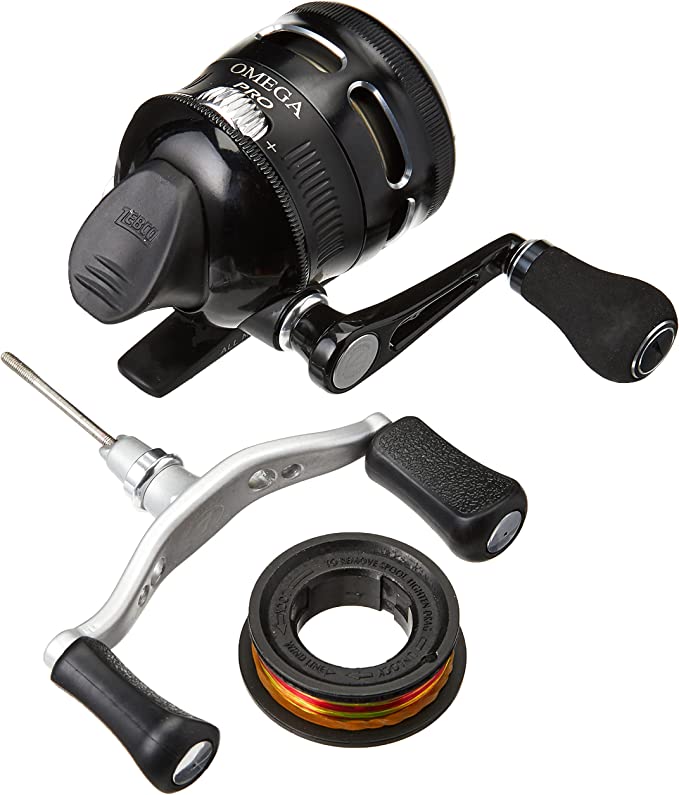Gravity-Fed Hydrodynamics: The Science of Passive Water Purification
Update on Nov. 19, 2025, 7:52 p.m.
In an era where reliable infrastructure is increasingly questioned and the desire for self-sufficiency is rising, the technology of water purification has moved from the hidden utility room to the kitchen countertop. While electrically powered Reverse Osmosis (RO) systems dominate the discussion on purity, there exists a more elegant, resilient category of filtration that relies on a fundamental force of nature: gravity.
Understanding how a system can remove microscopic contaminants without a single watt of electricity requires a dive into fluid dynamics and material science. It is not magic; it is physics. Systems like the Dry Element Aqua Sterling serve as excellent case studies to deconstruct the engineering challenges of passive filtration—specifically, how to balance flow rate with filtration efficacy using only the weight of water itself.
Hydrostatic Pressure: The Silent Engine
The primary challenge in any passive filtration system is creating enough pressure to push water molecules through a filter medium dense enough to trap contaminants. In municipal systems, electric pumps provide this pressure (often 40-60 psi). In a gravity-fed system, the “pump” is the water column itself.
This is known as Hydrostatic Head. The pressure exerted at the filter interface is directly proportional to the height of the water above it. * The Engineering Implication: The vertical design of the Aqua Sterling—standing up to 28 inches tall with its stand—is not an aesthetic choice; it is a functional necessity. That verticality maximizes the water column height, thereby increasing the pressure head. * The Flow Rate Variable: As the upper chamber empties, the pressure drops, and the flow rate naturally decreases. Achieving a high flow rate (like the claimed 12 gallons per hour) in a gravity system implies a highly engineered balance. It suggests the use of filter media with exceptional permeability that maintains high flow even as the driving pressure wanes.

Nanofiltration vs. Reverse Osmosis: The Pore Size Compromise
To filter water, you need a sieve. But how small? * Reverse Osmosis (RO) membranes have pores so small (0.0001 microns) that they require massive pressure to force water through. Gravity alone cannot drive RO; it would simply drip once a day. * Microfiltration (typical ceramic filters) has larger pores (0.1-0.2 microns), allowing fast flow but potentially letting smaller viruses pass.
The Aqua Sterling utilizes Nanofiltration (NF) technology. This sits in the “Goldilocks” zone. With pore sizes often around 0.001 microns, NF membranes are tight enough to reject bacteria, protozoa, and many viruses via size exclusion, yet they are “loose” enough to allow water to pass through under the relatively low pressure of gravity.
This distinction is critical for emergency preparedness. An RO system is useless without a power grid or a high-pressure booster pump. A Nanofiltration gravity system, however, remains operational as long as gravity exists. It represents the optimal trade-off between purity and energy independence.
Adsorption Kinetics: The Chemical Sponge
While membranes handle the physical removal of particulates and pathogens, the chemical purification—improving taste and removing volatile organic compounds (VOCs)—relies on Activated Carbon.
In a high-flow gravity system, the challenge is Contact Time. For carbon to adsorb contaminants (like chlorine or agricultural runoff), the water must remain in contact with the carbon surface for a specific duration. If the water flows too fast, adsorption is minimal.
The filters in systems like the Aqua Sterling are engineered to create a tortuous path for the water. As water navigates the porous structure of the activated carbon block, it encounters a massive surface area—micropores that trap chemical molecules through Van der Waals forces. This explains why users often report the water tastes “like spring water”; the carbon has effectively stripped the water of the chemical byproducts of municipal chlorination.

Material Science: Transparency as a Diagnostic Tool
The construction material of the reservoir is often an afterthought, but in gravity systems, it serves a diagnostic function. The Aqua Sterling offers a variant in Styrene Acrylonitrile (SAN), a transparent polymer.
Beyond aesthetics, transparency allows for Visual Integrity Monitoring. In a gravity system, the upper chamber is where “raw,” potentially contaminated water sits. If you are filtering turbid water from a lake or stream, sediment will settle at the bottom of the upper chamber. * Biofilm Detection: Clear containers allow users to instantly spot algae growth or biofilm formation—a common risk in any standing water system exposed to sunlight. * Filter Maintenance: You can visually verify the flow rate. A significant slowdown is a data point, indicating the filter pores are doing their job (trapping contaminants) and may need backflushing or replacement.
While opaque Polypropylene (PP) is durable and blocks light (inhibiting algae), the ability to see what you are drinking provides a layer of psychological and practical security that is valuable in survival scenarios.
The Reality of Passive Filtration
It is vital to approach gravity filtration with a scientific mindset regarding limitations.
1. Pre-Screening is Crucial: Because gravity pressure is low, clogging is the enemy. Pouring muddy river water directly into a nanofilter will occlude the pores rapidly. Using a simple cloth pre-filter to remove large sediment extends the life of the high-tech membrane significantly.
2. No “Instant” Results: While 12 gallons per hour is fast for gravity, it is not a faucet. It requires planning—filling the reservoir ahead of demand.

Conclusion: Engineering Resilience
The Dry Element Aqua Sterling is more than a water dispenser; it is a passive purification plant. By leveraging




















